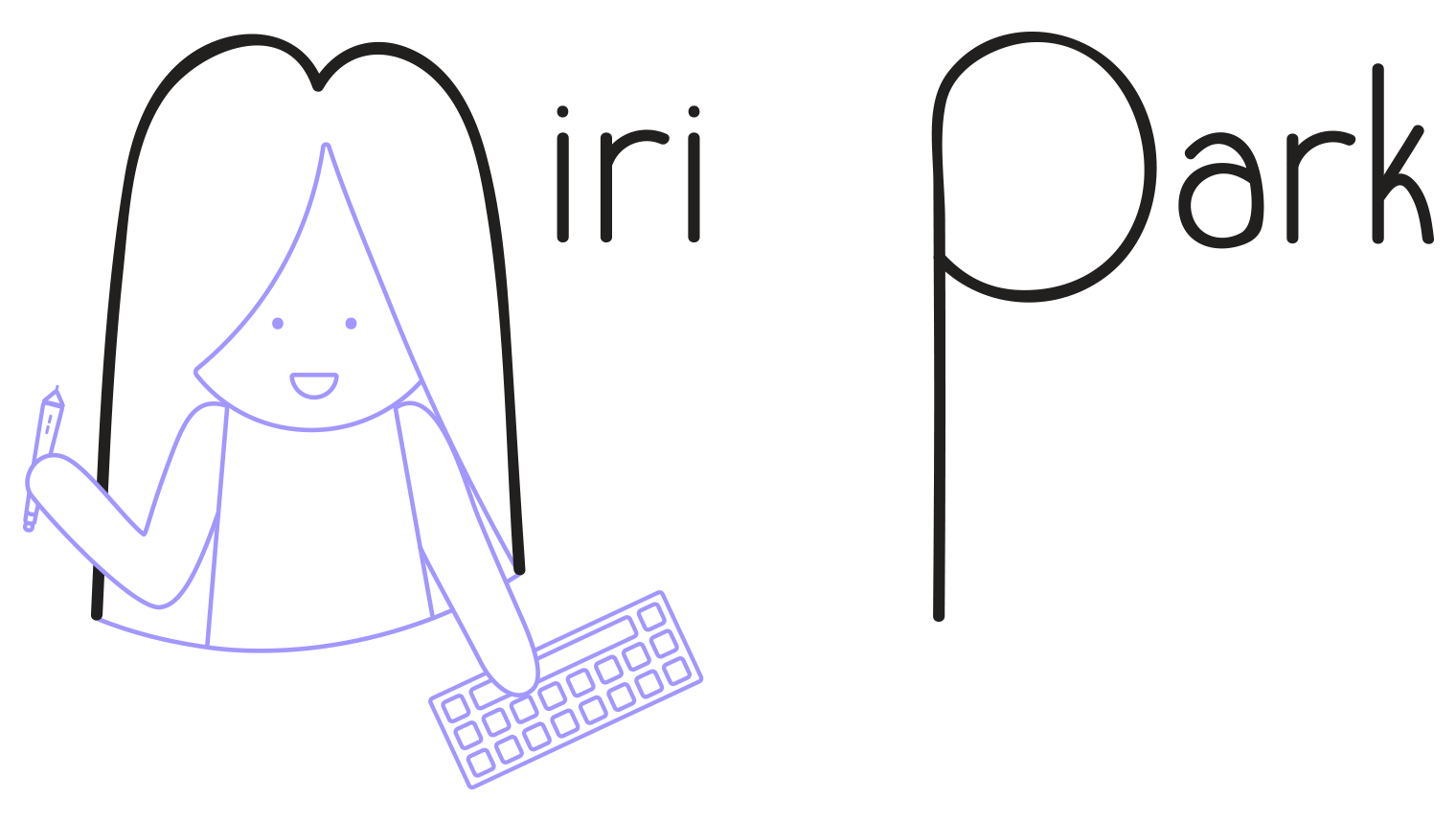Collaboration between Miri Park, Weili Shi, and Saman Tehrani
Little Universe
Concept:
This interactive installation is designed to bring about a serene and meditative atmosphere. It has an intimate physical form, inviting the audience's interaction, to touch and move the objects with their hands. Without interfering with the dialogue between the objects, the audience can enjoy the poetic scene by watching, listening and contemplating behaviors and relationships that arise in their interactions.
While the audience is not explicitly informed of the logic behind the behaviors, the five-element theory (五行) of Chinese philosophy inspires the distinct characteristics and relationships between the objects. The colors of the five objects are representative of the five elements—metal (金), wood (木), water (水), fire (火), and earth (土). In the installation, we highlight two behaviors within the five-element system: that of mutual generation (相生), in which one element can give birth to another, and of mutual overcoming (相克), in which an element can suppress another. Represented by the attracting and repelling forces between the particle systems surrounding the objects, the relationships between the poetic objects create the contemplative scene of the Little Universe.
Technology:
The Little Universe installation is built to integrate four components:
1. objects with which the users interact,
2. projection system,
3. sound generation system, and
4. position detection/tracking system.
The poetic objects are made with foam balls implanted with micro-controllers and infrared LEDs facing upwards, atop a flat surface as the cosmic background. The infrared light from the objects is captured by a Microsoft Kinect motion sensor, and analyzed by an openFrameworks application in order to locate the objects. A particle system is projected onto the objects, and based on the position of the objects and their relationships, the behaviors of the particle systems are updated and rendered by the openFrameworks application. The image is then processed by MadMapper and sent to the projector, which has been calibrated so that the projection will be aligned with the physical objects. Control messages are sent from the openFrameworks application to Ableton Live via theOpen Sound Control (OSC) protocol, generating the ambient music and sound effects.
The position detection system precisely locates the objects on the table and tracks them throughout the installation. The projection on each object behaves with distinct characteristics depending on the viewer’s interaction, which requires the system to be able to distinguish the objects from each other. Thus, the application has to be always aware of the exact location of the individual objects.
The tracking system comprises of camera vision alongside infrared LEDs. Utilizing blob detection on Kinect’s infrared stream, the application will precisely locate the poetic objects according to their implanted infrared LEDs. A signal processing procedure enables the system to distinguish the objects within 300 ms post detection.
Kinect’s infrared stream can afford up to 30 FPS, which translates to a 30 Hz sampling rate. Hence, we reconstructed the input signals with any bandwidth less than 15 Hz. The infrared LEDs on the objects are constantly blinking, which generate patterns that are perceived as square wave signals by the camera vision system. All the LEDs in the objects generate periodic square waves with a period equal to one third of a second. However, each LED generates a signal with a distinct duty cycle. The application tells the objects apart by measuring the duty cycles of the LEDs through the Kinect’s data frames. After detection, the application starts tracking the objects, and in the event of tracking loss or confusion between objects, a precise identification will be performed again through frequency analysis.
(Little Universe is a collaboration by Miri Park, Weili Shi, and Saman Tehrani. March 2015.)
